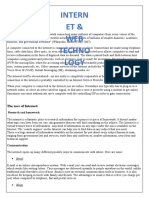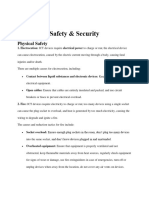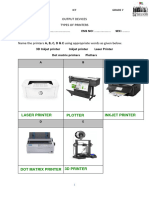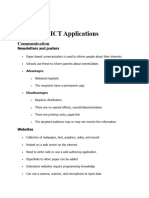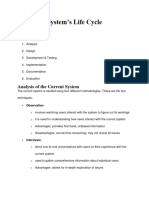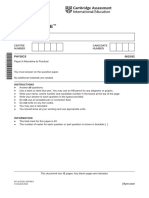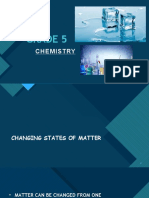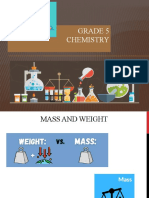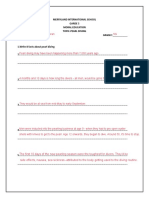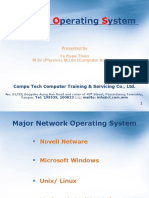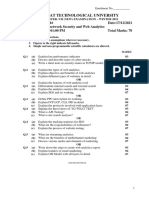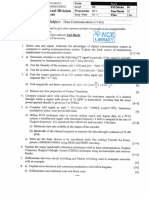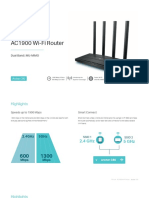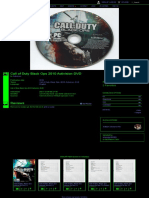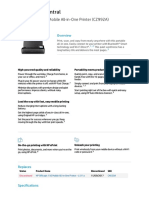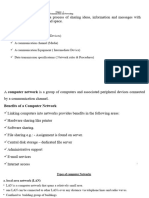0% found this document useful (0 votes)
14 views12 pagesCommunication
Email is a technique for sending and receiving messages and files via the Internet. It is used for personal and business communication. Email requires proper etiquette or "netiquette" like being polite, succinct, and avoiding spam. Employers often have guidelines for appropriate email use. The Internet allows global communication and access to vast information. It enables advantages like convenience but also risks like privacy and security issues. Communication platforms on the Internet include blogs for sharing updates, forums for discussion, wikis for collaborative editing, and social media for connecting with others.
Uploaded by
taha imranCopyright
© © All Rights Reserved
We take content rights seriously. If you suspect this is your content, claim it here.
Available Formats
Download as PDF, TXT or read online on Scribd
0% found this document useful (0 votes)
14 views12 pagesCommunication
Email is a technique for sending and receiving messages and files via the Internet. It is used for personal and business communication. Email requires proper etiquette or "netiquette" like being polite, succinct, and avoiding spam. Employers often have guidelines for appropriate email use. The Internet allows global communication and access to vast information. It enables advantages like convenience but also risks like privacy and security issues. Communication platforms on the Internet include blogs for sharing updates, forums for discussion, wikis for collaborative editing, and social media for connecting with others.
Uploaded by
taha imranCopyright
© © All Rights Reserved
We take content rights seriously. If you suspect this is your content, claim it here.
Available Formats
Download as PDF, TXT or read online on Scribd
/ 12































